In previous weeks, we mentioned that it is impossible to adapt up or down between 125 Volts and 250 Volts. However, you can adapt down to 125 only if the power source is rated as a 125/250 Volts connection. So what factors go into determining if you can step down the voltage?
Let’s start by breaking down the anatomy of each voltage. The amount of voltage in a connection is determined by the number of hot wires being used.
So for a regular household outlet which is typically 125 Volts, there is only one hot wire, one neutral, and one ground. For a NEMA 6-20 outlet, often associated with 250 Volt AC Units, there are two hot wires, no neutral, and one ground.
Another example is your 50 Amp range outlet and a 50 Amp welder outlet.

A NEMA 14-50 outlet has two hot wires, one neutral, and one ground. This means it is able to make two complete sets of 110 Volts by using one hot, the neutral, and the ground. The NEMA 6-50 welder outlet has two hot wires, no neutral, and one ground, meaning it cannot make two complete sets of 110 Volts. Since it is missing a neutral, it cannot be broken down into two sets of 110 Volts.
It is the presence of neutral or ground, and the number of prongs, that determines if you can adapt down from a 250 Volt connection. Most 3-prong 250 Volt connections do not have either neutral or ground, but 4-prong 250 Volt connections do, allowing you to adapt down to a 125 Volt application.
When a connection is 4-prongs and rated at 125/250 Volts, it is best to refer to it as exactly that. When talking about electrical connections, a lot of people like to just simply say “250 Volts.” While this is correct, it is important to remember that 3-prong connections can also be 250 Volts, which makes a big difference. If you can’t remember 125/250 Volts, then add the number of prongs when talking about 250 Volt connections. That will help us, and other electricians, to diagnose the problem and find a solution.
We offer adapters that can adapt down to 125 Volt connections.
AD1430520 will let you use a regular household plug in a 4-prong dryer outlet. AD1450520 will do the same for a 4-prong range or generator outlet. We even have adapters for 4-prong generator outlets.
The adapters for 4-prong generator outlets can be used to power one, two, or even four household connections.
Since there are two hot wires in a 4-prong generator outlet, the power can be split up into more outlets. You may recognize this topic if you have read about or watched a video based on a previous topic; Power Distribution Units.
If you have any more questions about the differences in voltages, please leave a comment or reach out to us with a text, phone call, or email.

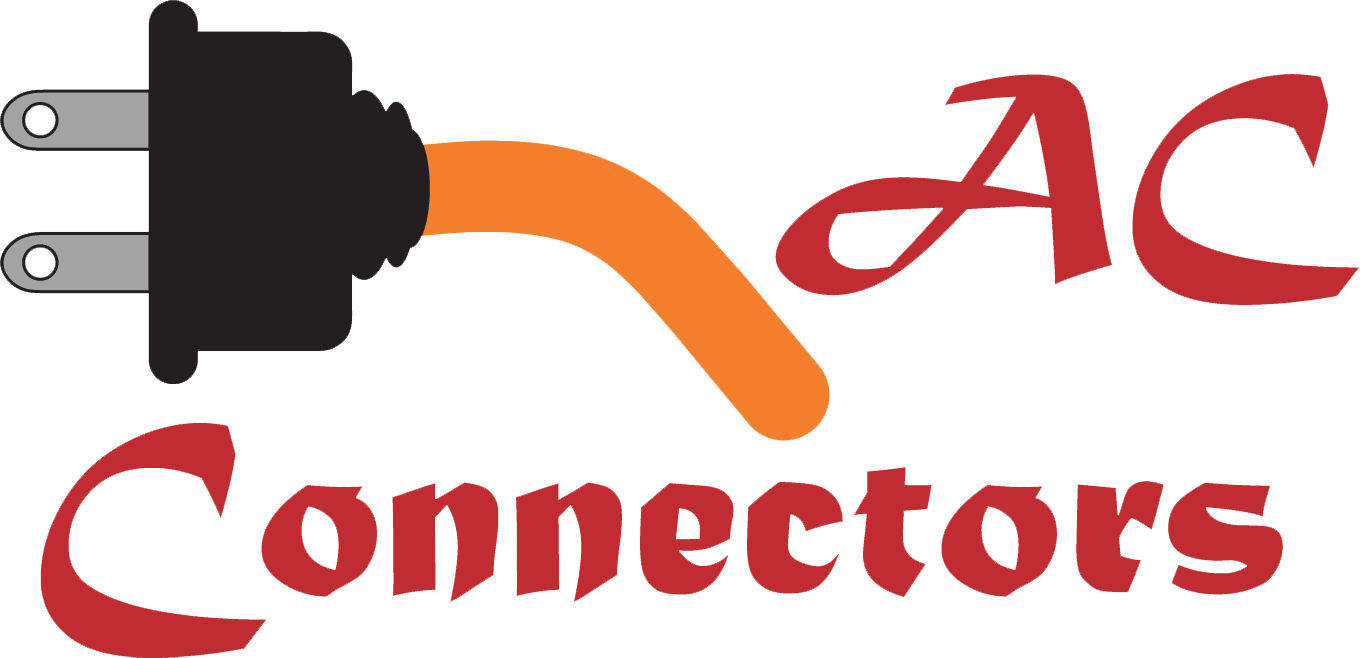

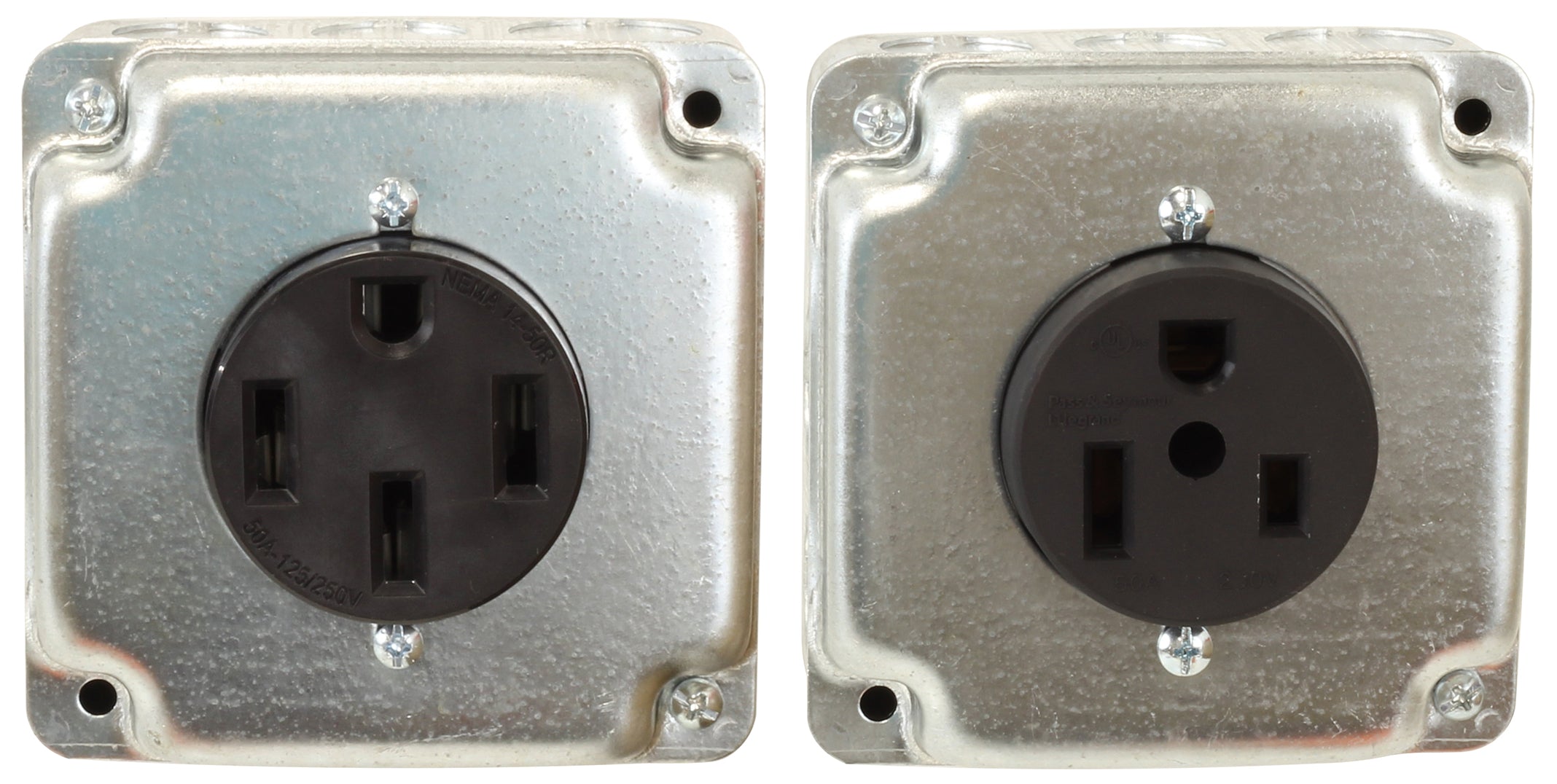
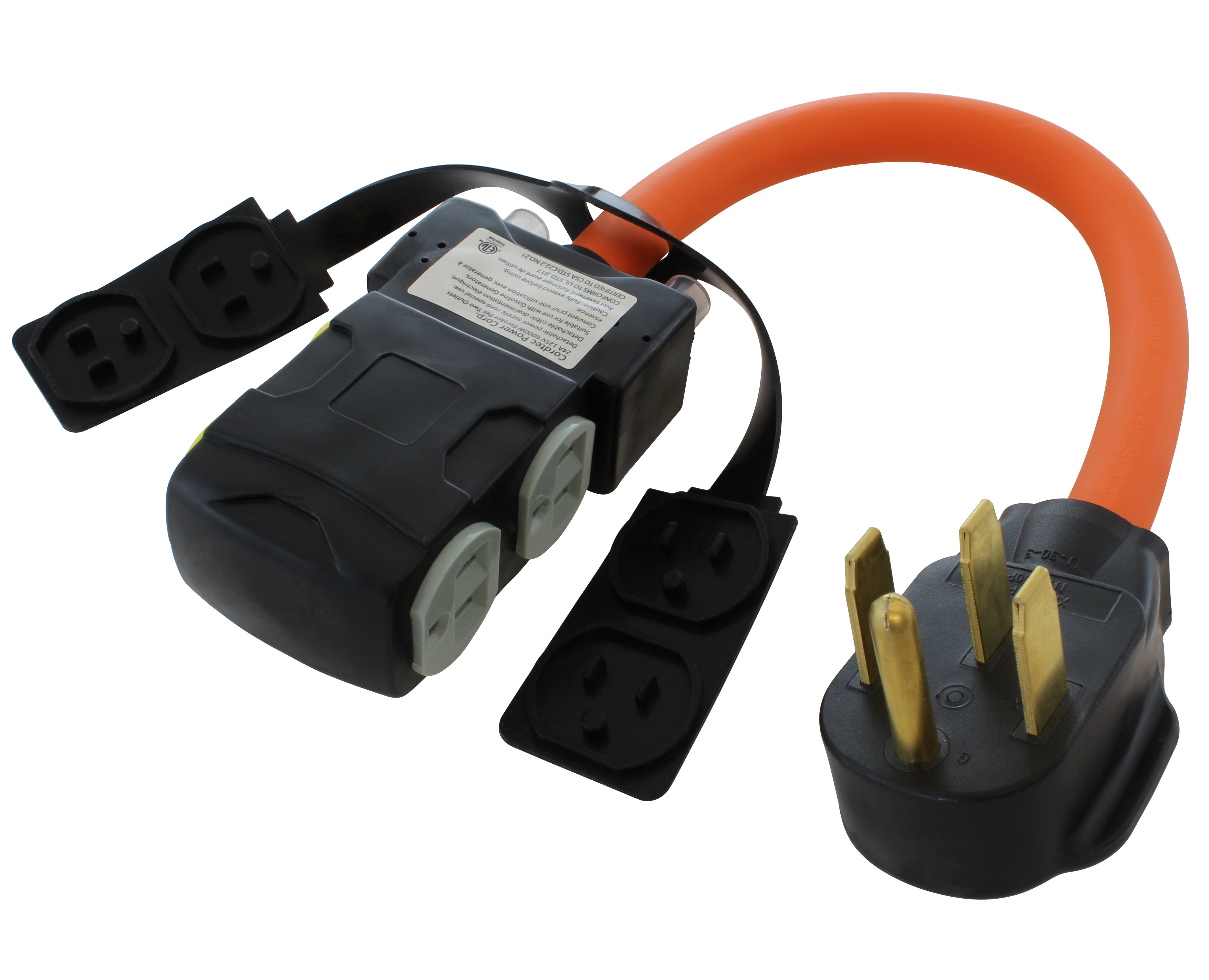
![AC WORKS® [ASINSS2PBX-G] 50A Locking 4-Wire CS6375/ SS2-50 Heavy-Duty Transfer Switch Inlet Box](http://acworks.com/cdn/shop/files/ASINSS2PBX-0_0206b362-7c90-42a5-8754-0685c13dab7e.jpg?v=1758051675&width=2500)
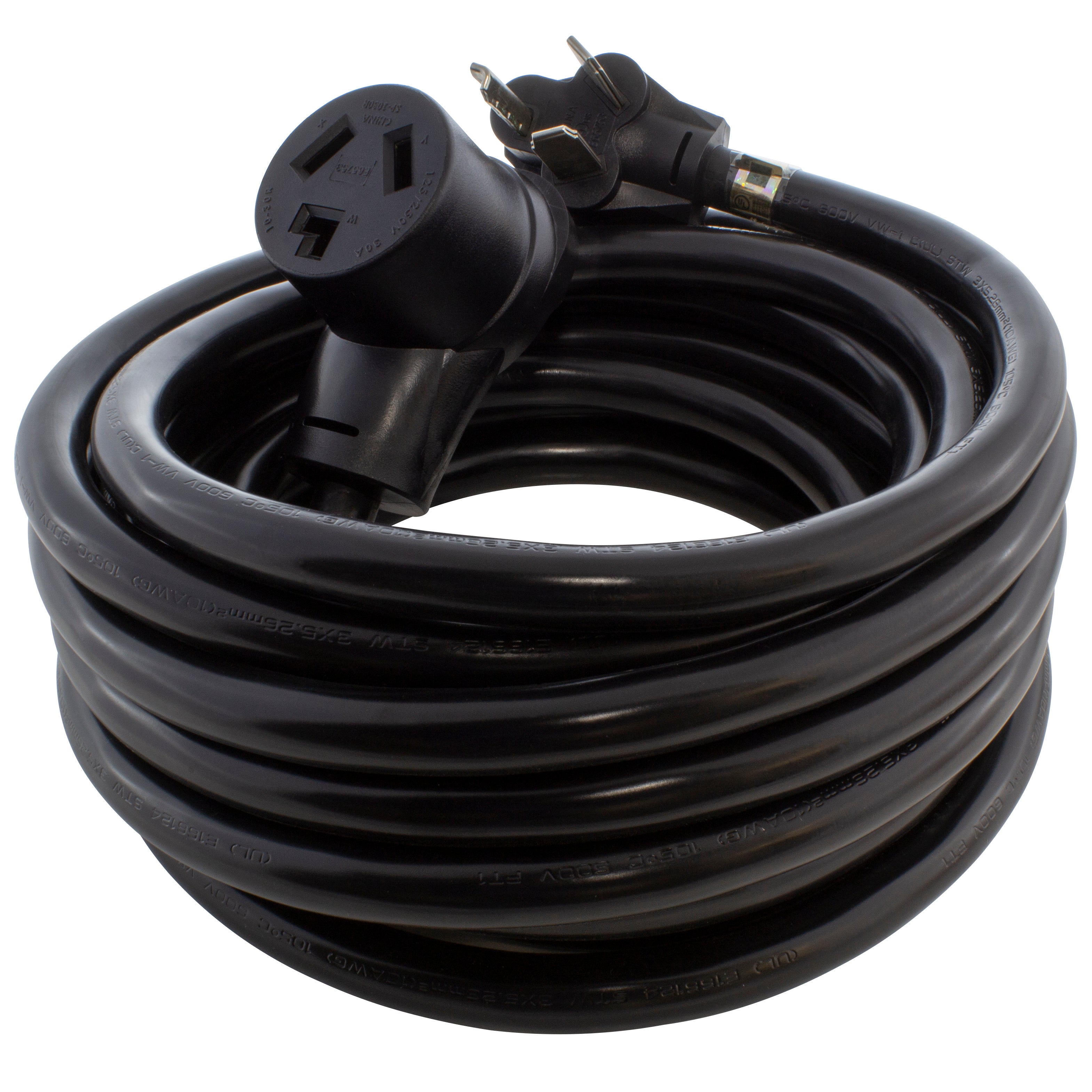
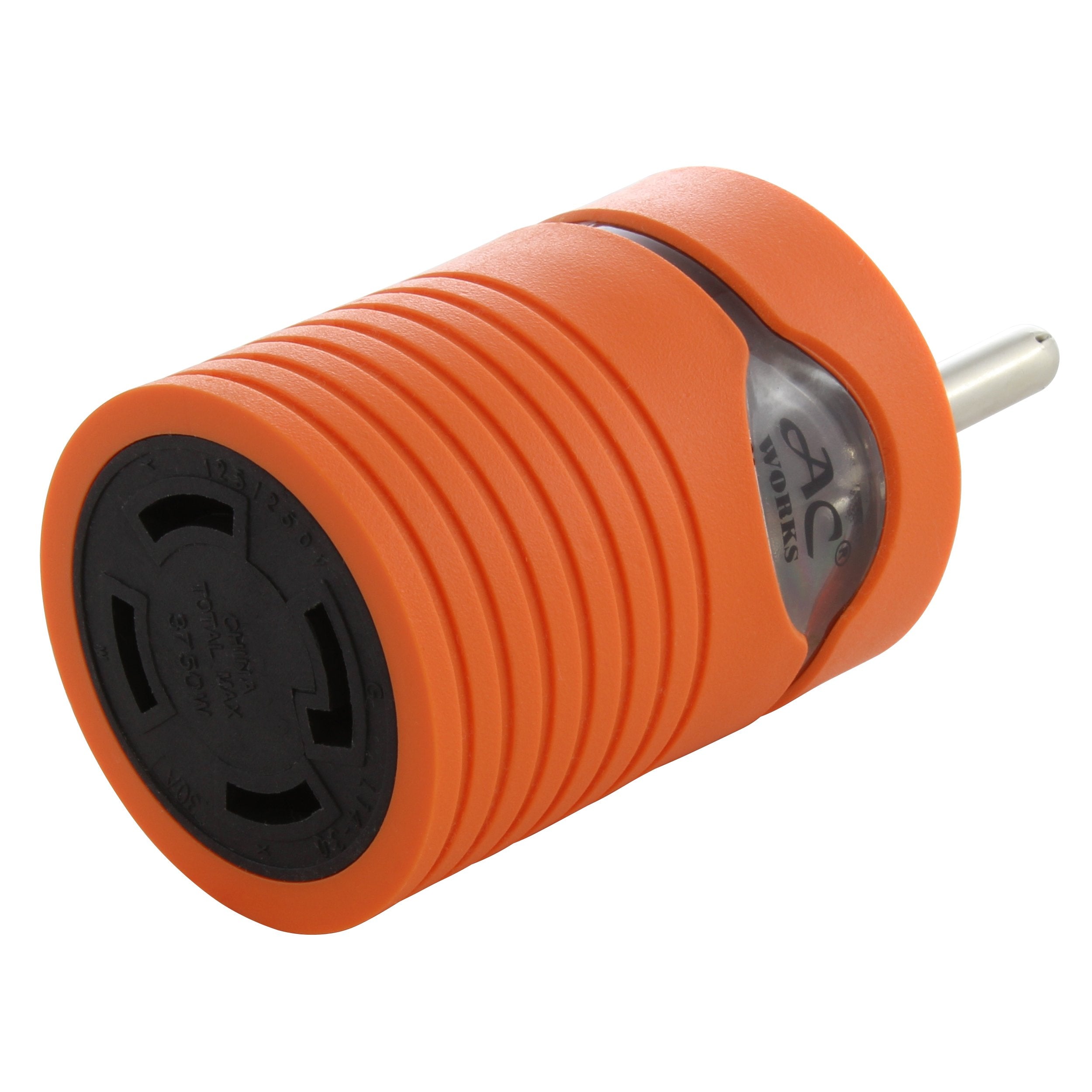
![AC WORKS® [S1430CBF520] 1.5FT 14-30P 4-Prong Dryer Plug to (4) Household Outlets with 24A Breaker](http://acworks.com/cdn/shop/products/S1430CBF520.jpg?v=1666103519&width=4656)

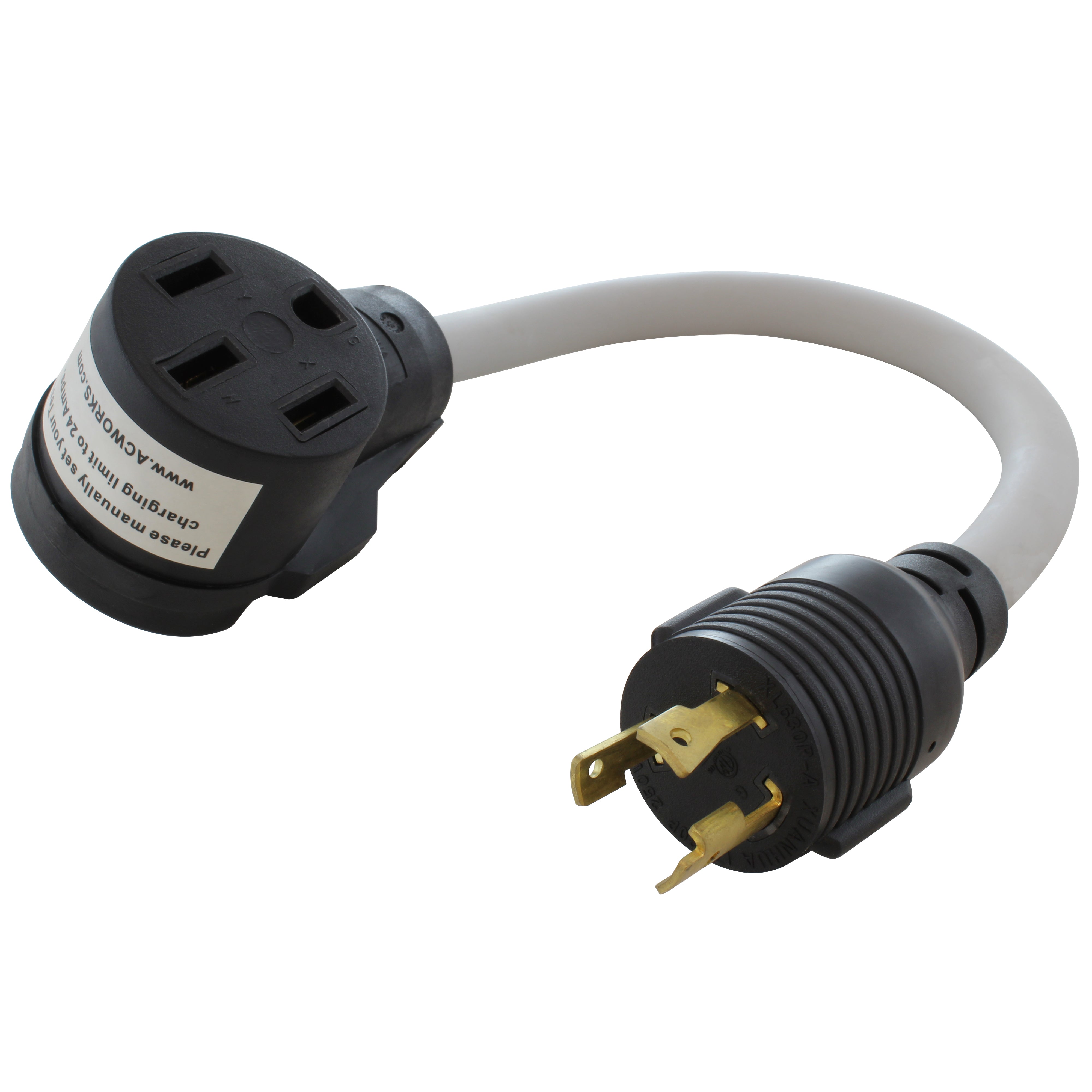
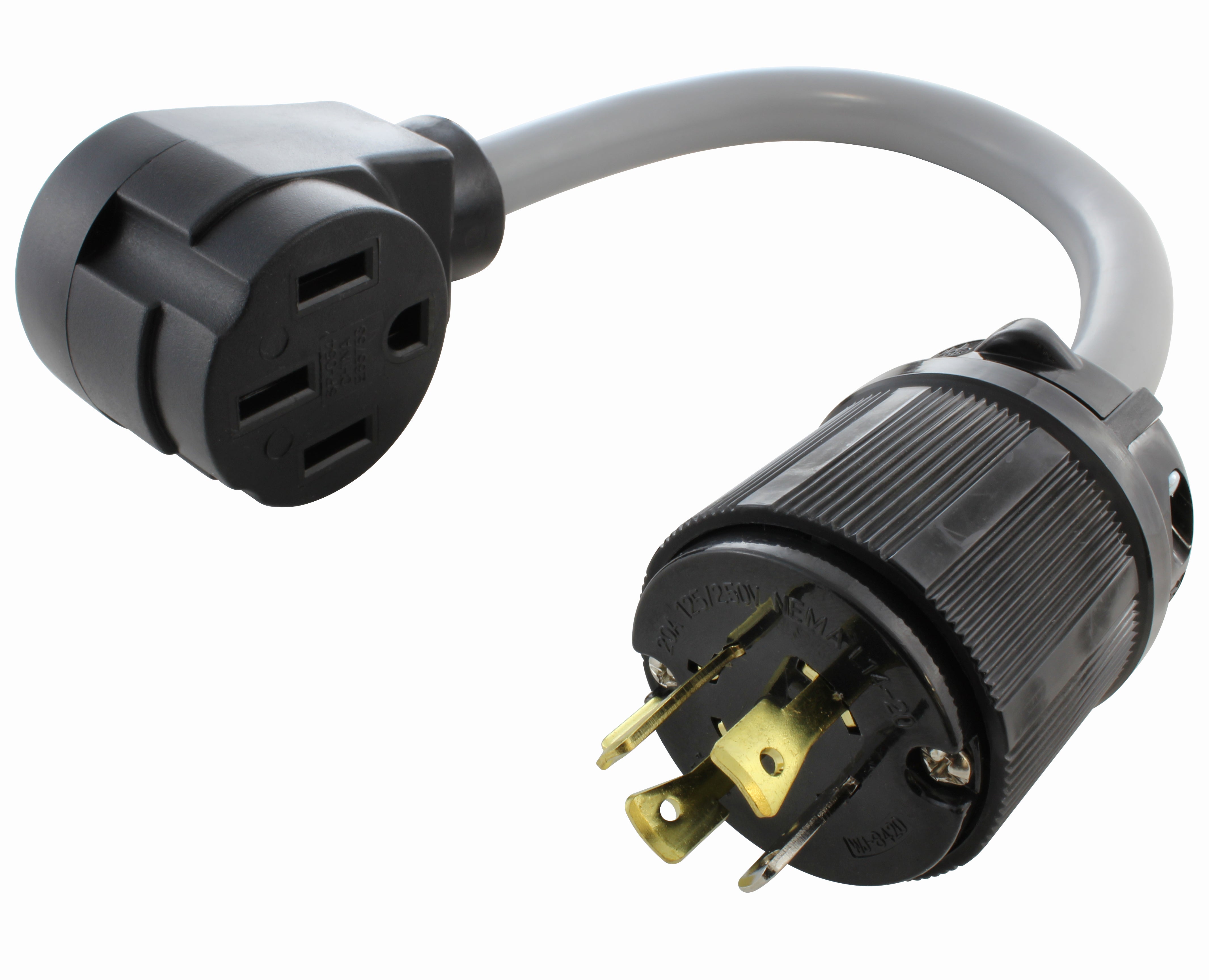
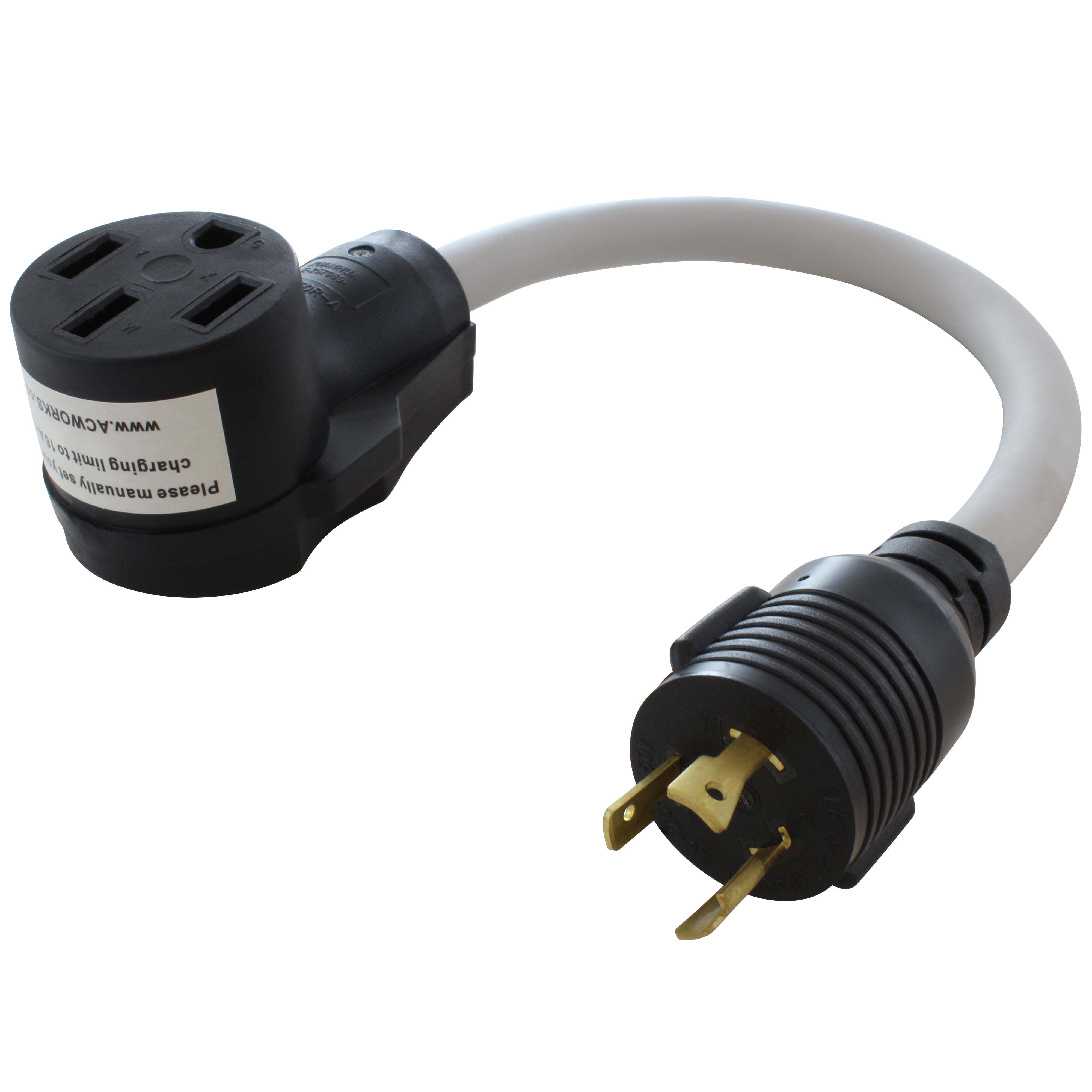


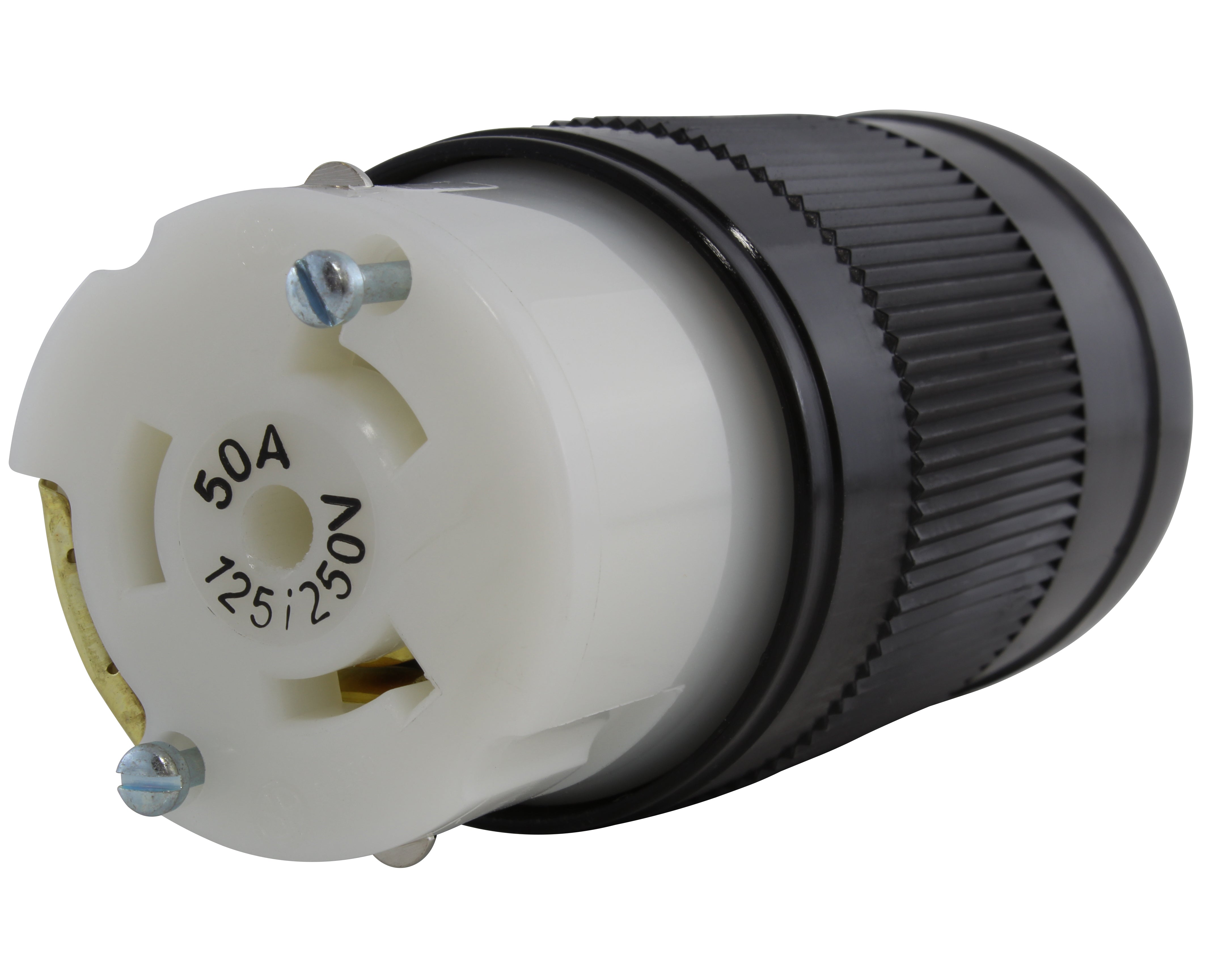
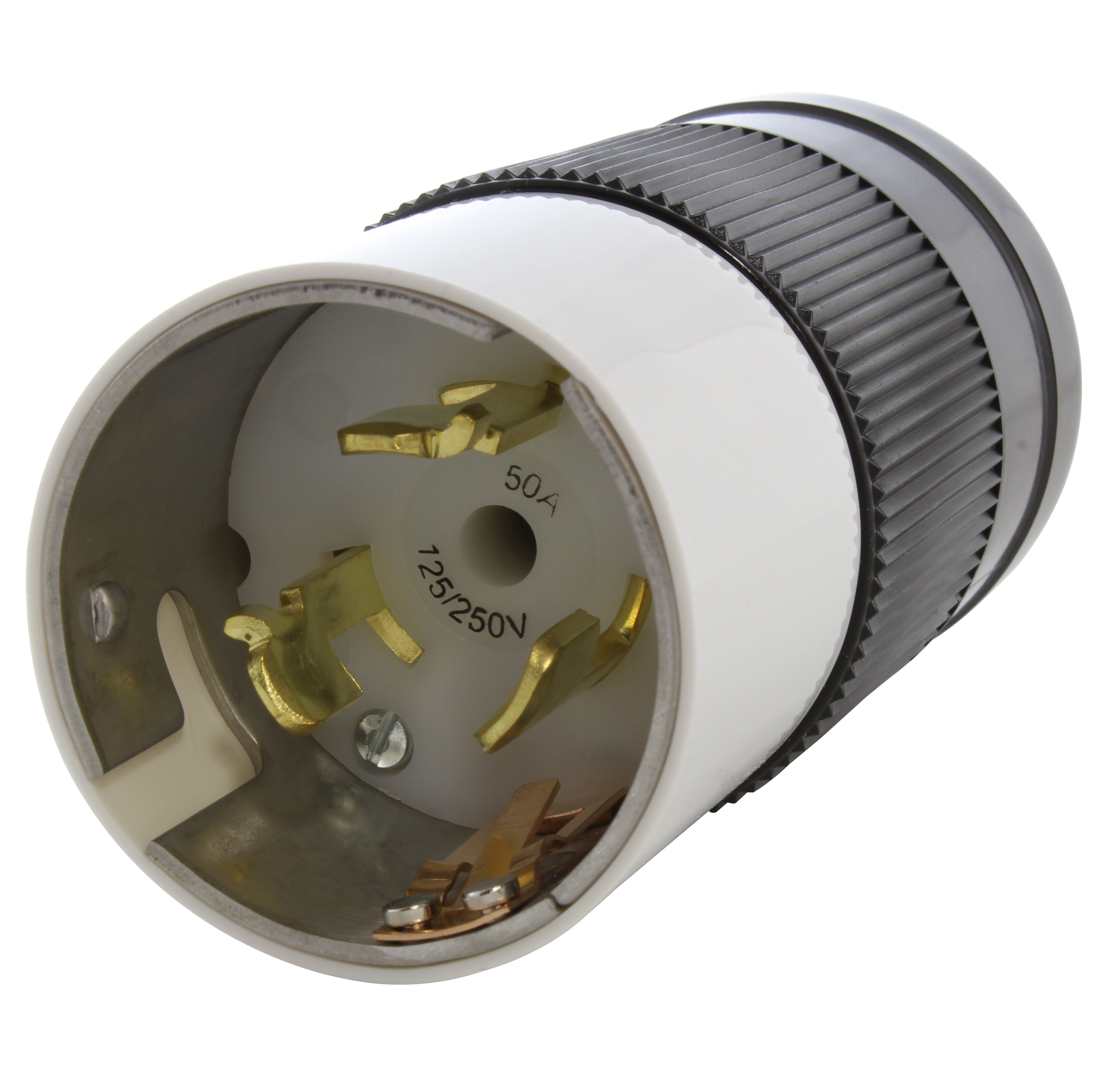
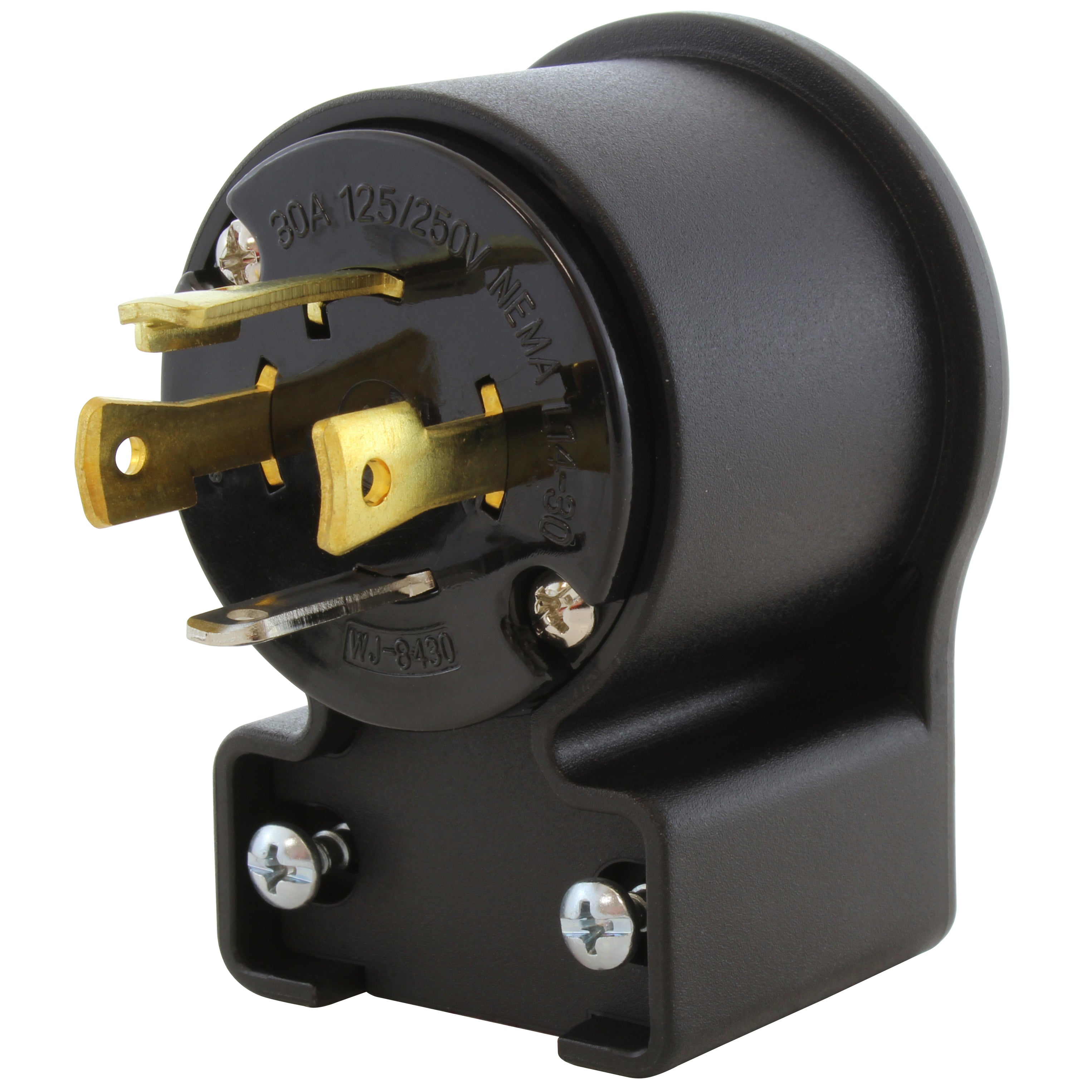

![AC WORKS® [ADV104] 3-Prong Heavy-Duty V-DUO Household Outlet Adapter](http://acworks.com/cdn/shop/products/ADV104-0.jpg?v=1605738768&width=3128)
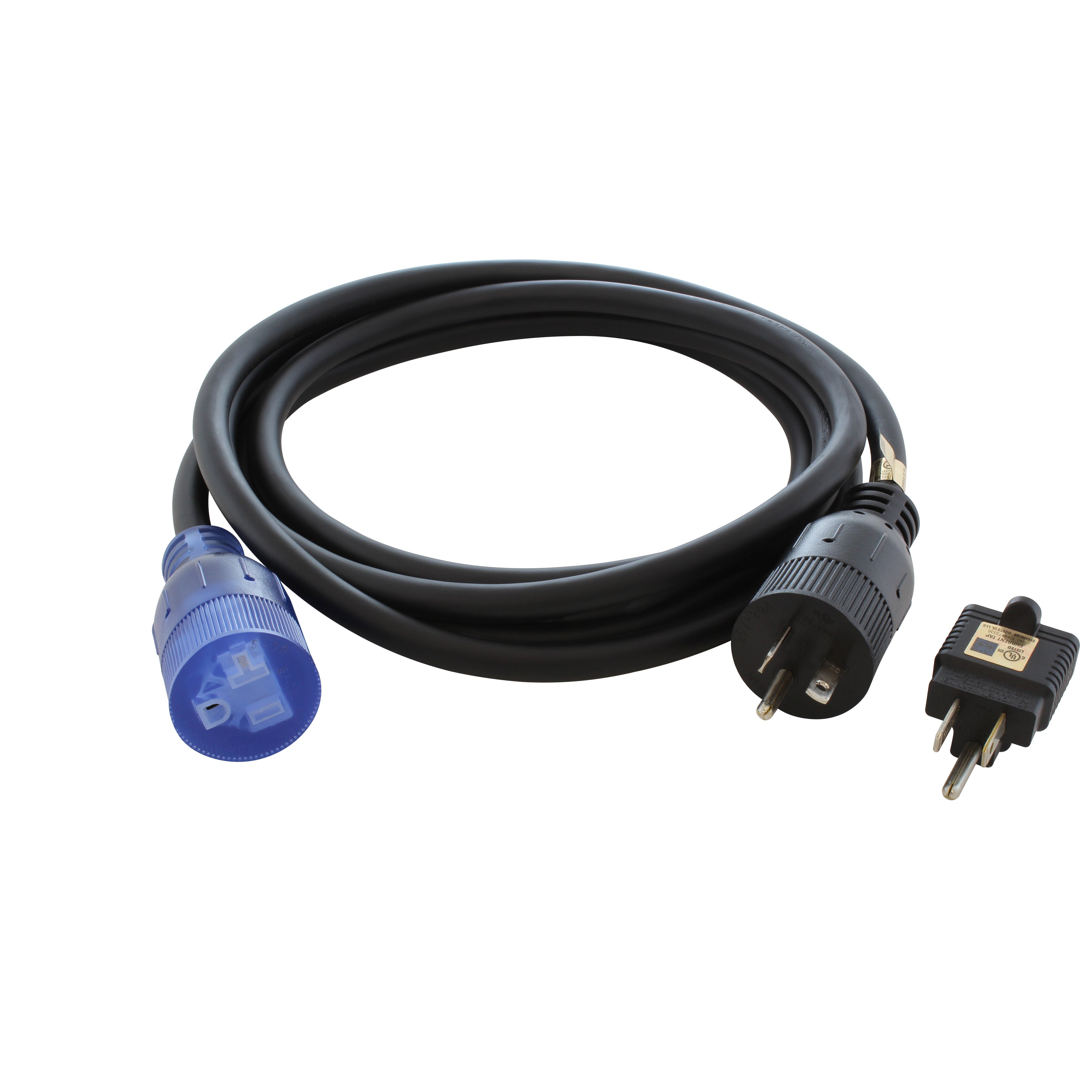
![AC WORKS® [XH515520] 15A to 15/20A 125 Volt Plug Adapter with ETL Safety Approval](http://acworks.com/cdn/shop/files/XH515520-0_daea425a-f439-48df-bb75-052167057f12.jpg?v=1729091519&width=2500)

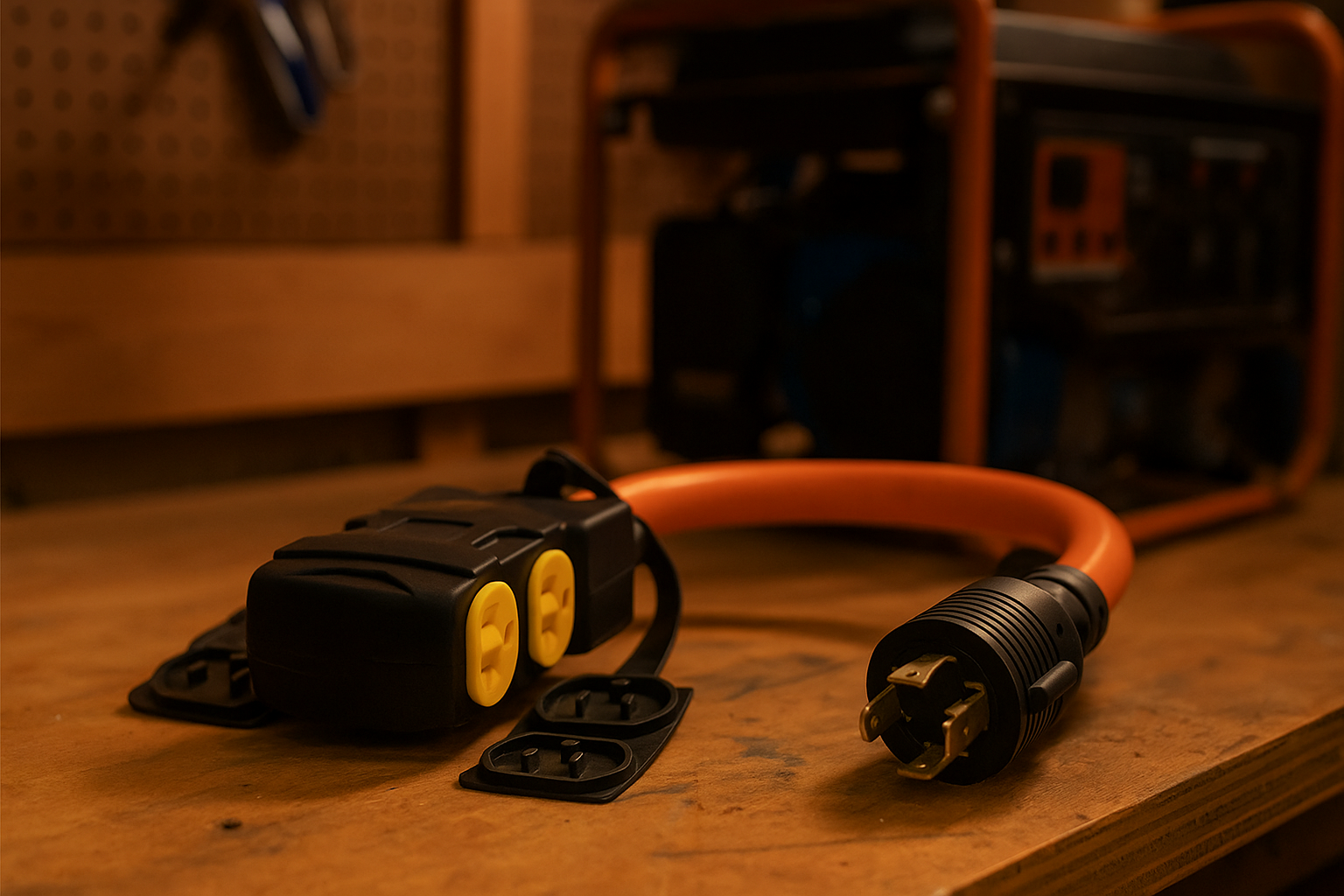
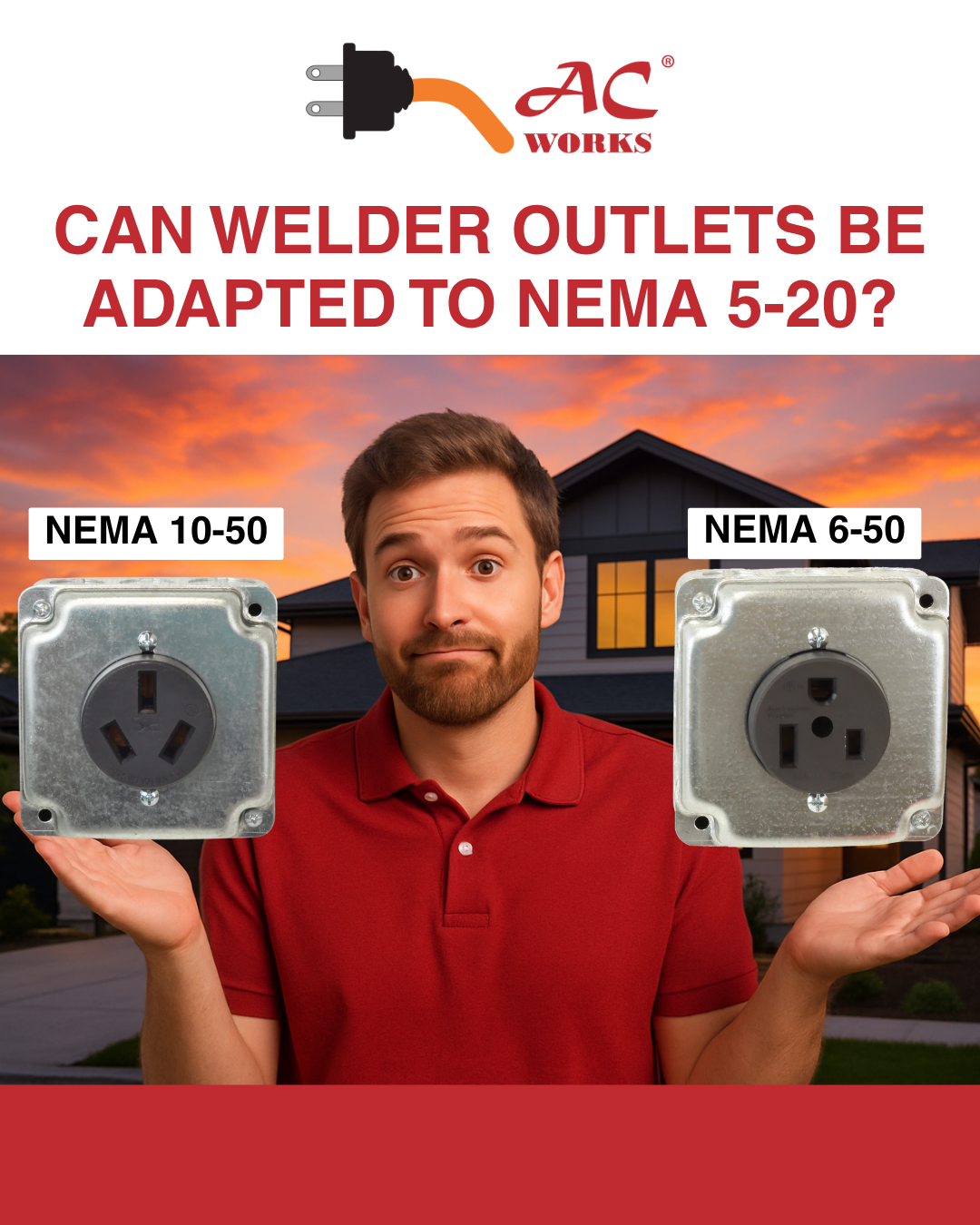
Share:
The Little Green Wire
JUST ARRIVED! Flexible Adapters with 20 Amp Circuit Breakers
21 comments
I want to run my house AC unit of my generator in case of a storm. I have a 3 wire twist lock with number 8 wire. I’m wondering about a 4 blade to go in 50 amp generator outlet to a outlet box on my pole. I guess there is no way using my 3 wire cable in doing that. Instead of buying all new wire maybe run a fourth wire outside the wire sheathing for ground? P.s. short on money and copper is sky high! Thanks a lot. You have a good way of explain the plugs. Thank you much!
Hello, Huw Phillips. Are you sure the transfer switch inlet is L15-30? That is very uncommon for inlet boxes. You most likely have L14-30 which looks very similar. L14-30 is very common for inlet boxes and transfer switches. If it is indeed L14-30, you can search for AD515L1430 or S515L1430-012.
L15-30 cannot step down to 120V. L15-30 is wired only to operate at 250V.
Hi -
I have a transfer switch for a generator on my house which has an input outside the house which would fit the following plug
https://www.homedepot.com/p/AC-WORKS-30-Amp-250-Volt-3-Phase-NEMA-L15-30R-4-Prong-Industrial-Grade-Locking-Female-Connector-ASL1530R/309534239
I also have a 120V generator. I am wondering if you sell an adapter which would connect a standard
as a result120V outlet (which the generator has) to a 240V (above). I understand that only one leg of the 240V would be powered. So basically half my stuff would have power and half would not.
Hello Steven. Yes, most often you can rewire a plug to work with a 3-prong instead of a 4-prong. One of the wires would just need to be capped (most likely neutral).
I have a piece of equipment that has a 125/250 plug. All my outlets are 3 wire 250 which I need for other equipment. Can I rewire the plug to be a 3 wire plug instead of the 4 wire plug.